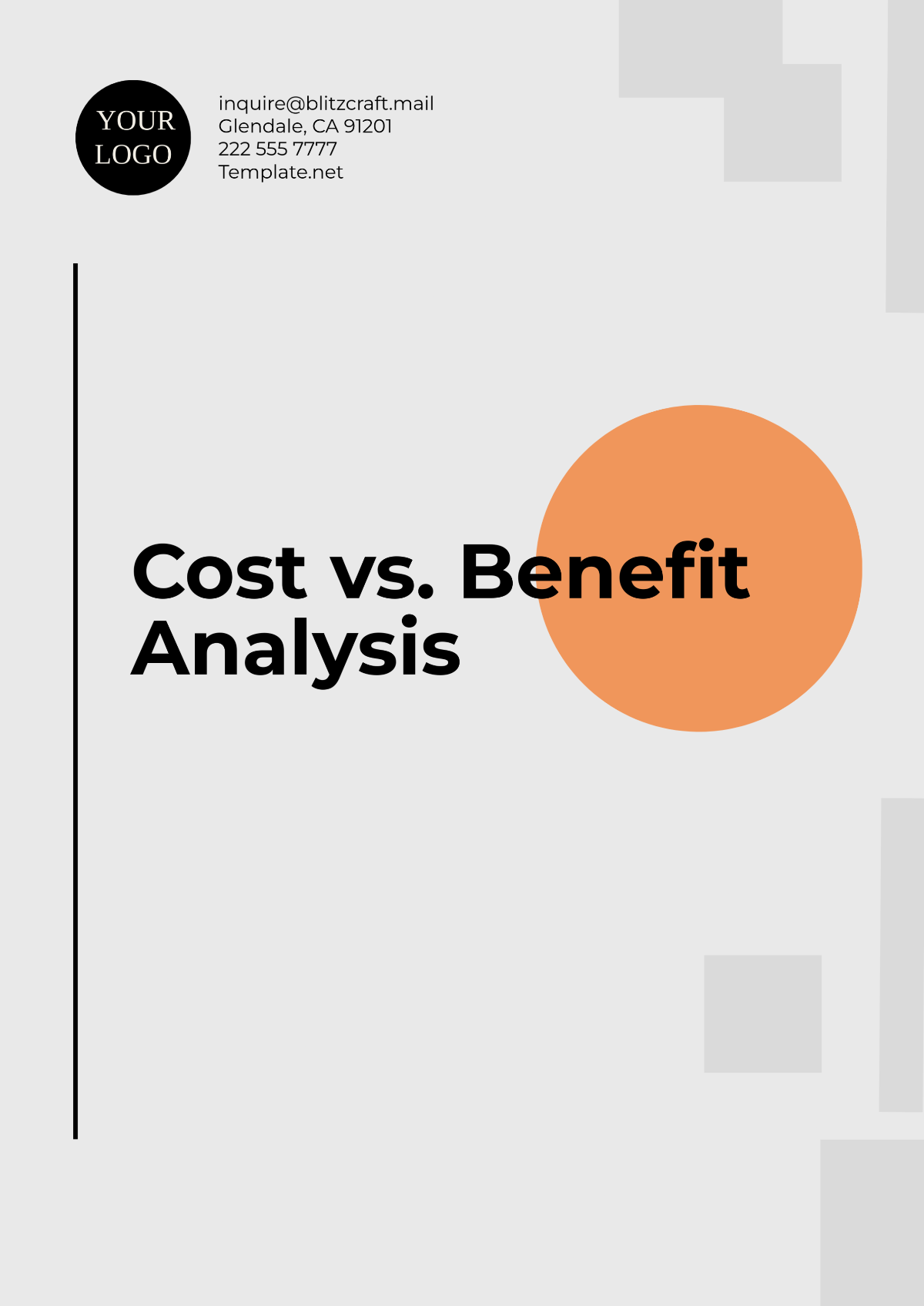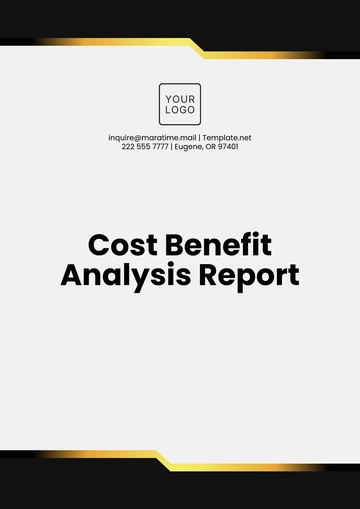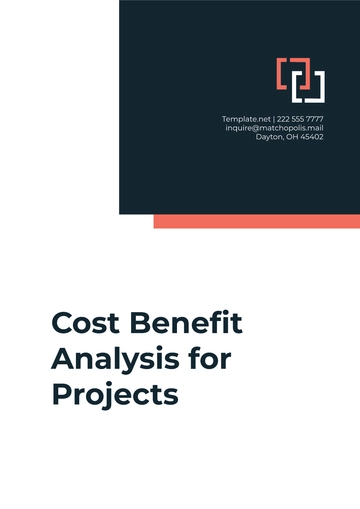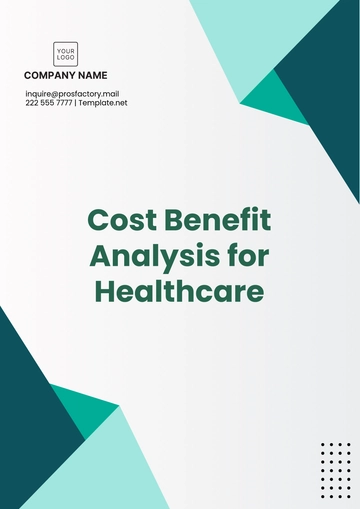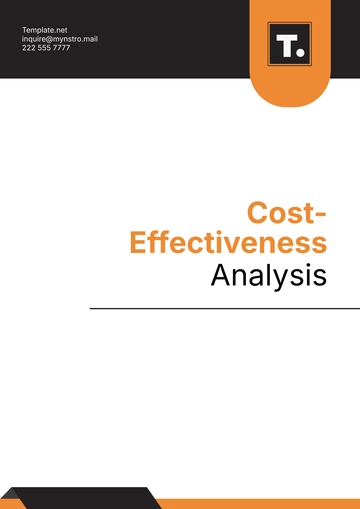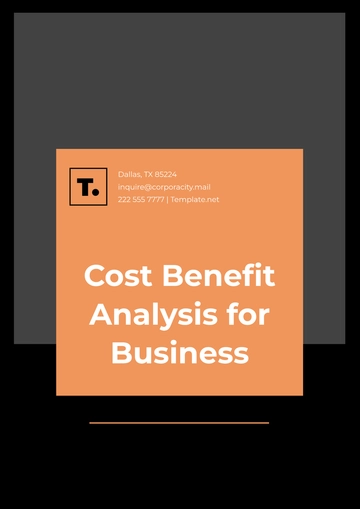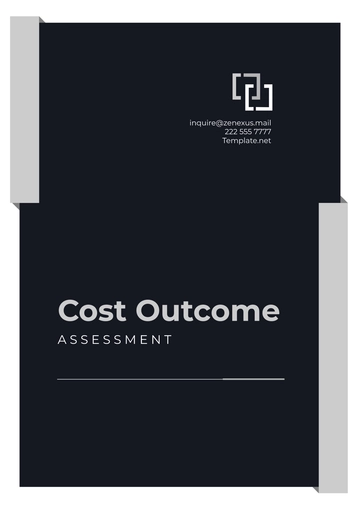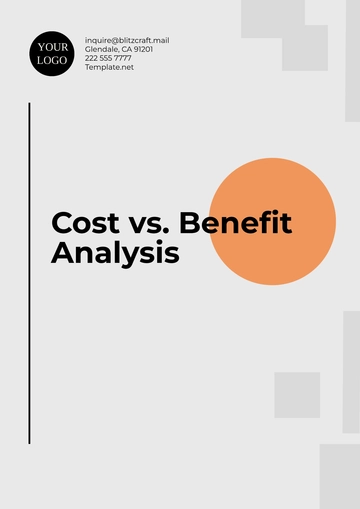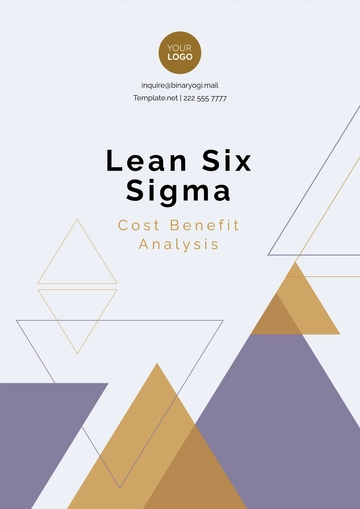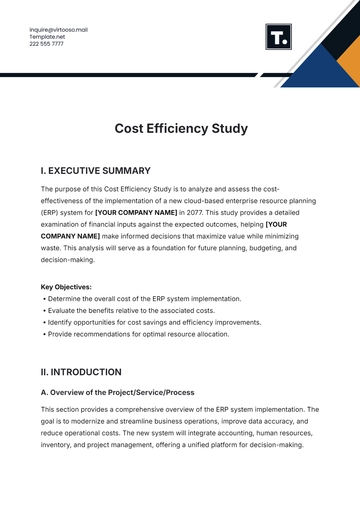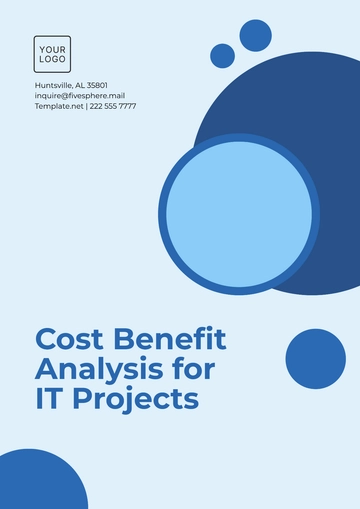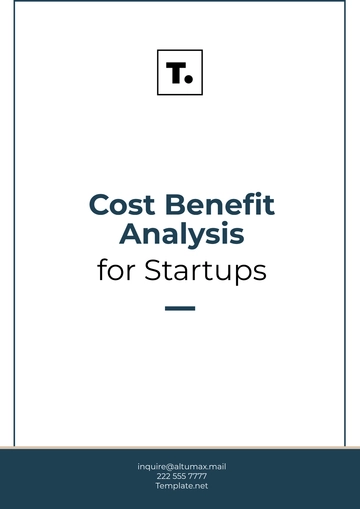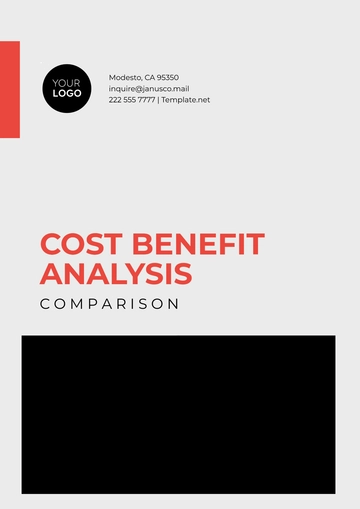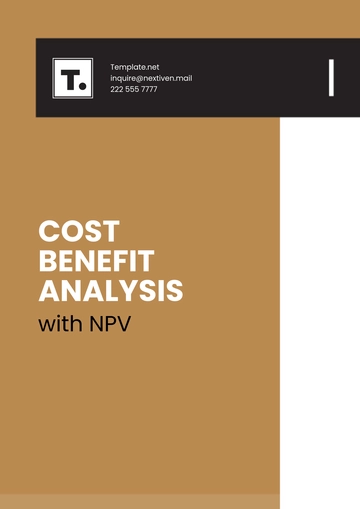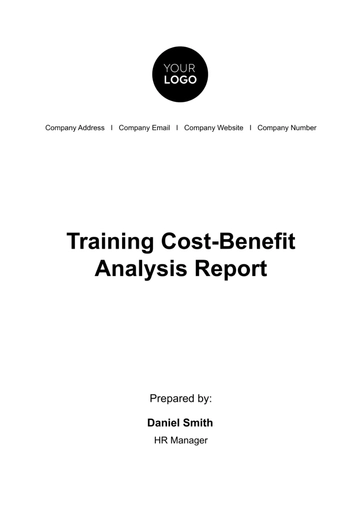Sample Cost vs. Benefit Analysis
I. Executive Summary
This Cost vs. Benefit Analysis evaluates the feasibility and potential return on investment (ROI) of implementing a New Digital Learning Management System (LMS) within [YOUR COMPANY NAME]. The purpose of this analysis is to compare the associated costs against the expected benefits over a 5-year period (2088–2093).
Key findings:
Projected Total Costs: $2,500,000
Estimated Benefits: $7,000,000
Benefit-Cost Ratio (BCR): 2.8
Net Present Value (NPV): $4,500,000
This analysis demonstrates that the proposed LMS will deliver substantial financial and operational benefits, aligning with the strategic goals of [YOUR COMPANY NAME].
II. Project Overview
Objective: To streamline training and professional development across departments using a cutting-edge LMS with AI-powered analytics and adaptive learning features.
Scope: The project covers implementation, training, and ongoing maintenance for all 15 regional offices. It excludes non-digital forms of training and third-party content procurement.
Stakeholders:
Primary Users: Employees, trainers, and managers across all departments.
Decision Makers: C-level executives and HR leadership.
Implementation Partners: Blitzcraft and GoConsult.
III. Cost Analysis
A. Direct Costs
Initial Setup Costs:
Equipment (servers, infrastructure): $600,000
Software Licenses (3-year term): $800,000
Customization & Development: $300,000
Operational Costs:
Personnel/Staffing (project team): $400,000
Maintenance & Upgrades (annual): $100,000
Training Programs (initial rollout): $150,000
B. Indirect Costs
Productivity Downtime During Implementation: $200,000
Opportunity Costs (delayed deployment of other initiatives): $50,000
C. Intangible Costs
Potential Employee Resistance: Initial resistance may delay full adoption, requiring additional training and communication strategies.
Brand Perception Risks: Minimal risk due to the transition to a modern platform.
IV. Benefit Analysis
A. Quantifiable Benefits
Revenue Growth:
Enhanced Employee Productivity: $3,000,000
Faster Onboarding of New Hires: $500,000
Cost Savings:
Reduction in Paper-Based Training Costs: $700,000
Lower Turnover Rates due to Improved Training: $800,000
Productivity Gains:
Improved Manager Oversight through Analytics: $1,200,000
Time Savings for Training Coordinators: $300,000
B. Non-Quantifiable Benefits
Improved Employee Satisfaction: Better learning experiences lead to higher engagement scores.
Strengthened Employer Brand: Positioning [YOUR COMPANY NAME] as a technology-forward organization.
Enhanced Compliance Training: Reduced risk of non-compliance penalties.
V. Comparison Metrics
Net Present Value (NPV): $4,500,000, reflecting the strong return over the 5-year period.
Internal Rate of Return (IRR): 42%, significantly above the company’s benchmark of 12%.
Payback Period: 1.5 years, indicating a quick recovery of initial investment.
VI. Sensitivity Analysis
Scenarios were modeled based on varying assumptions:
Optimistic Scenario: Adoption rates exceed 95%, generating an NPV of $6,000,000.
Most Likely Scenario: Adoption rates at 85%, yielding an NPV of $4,500,000.
Pessimistic Scenario: Adoption rates at 70%, with an NPV of $3,000,000.
VII. Conclusion and Recommendations
Based on the findings:
Recommendation: Proceed with the implementation of the new LMS in early 2088, following a detailed communication and training strategy.
Key Justification: High ROI, significant operational efficiencies, and alignment with organizational goals.
The analysis underscores that adopting this LMS will position [YOUR COMPANY NAME] as a leader in employee development, ready to meet the demands of the 2088 workforce and beyond.
Prepared By:
[YOUR NAME]
School Administrator
October 18, 2088
Analysis Templates @ Template.net
